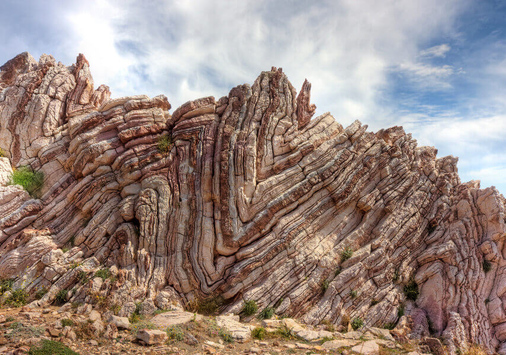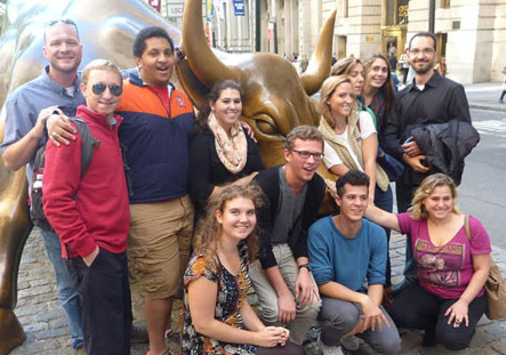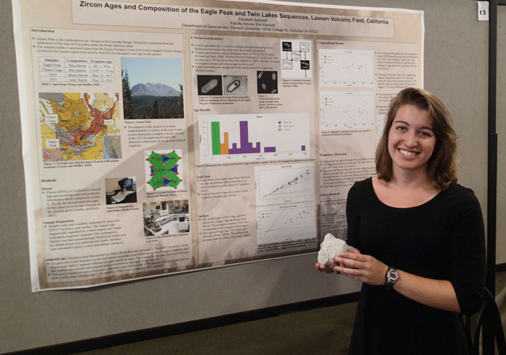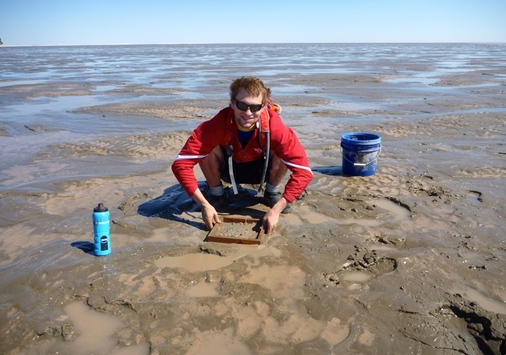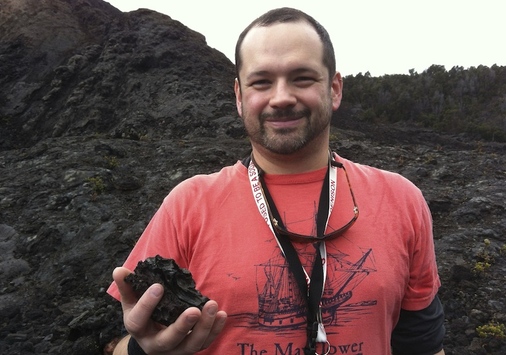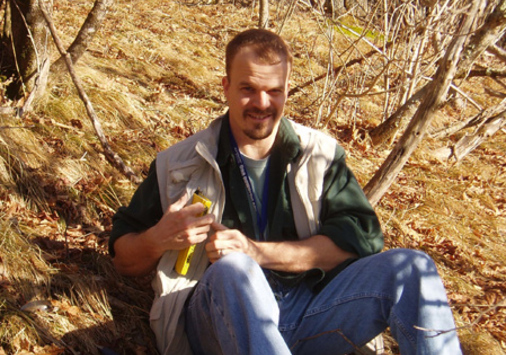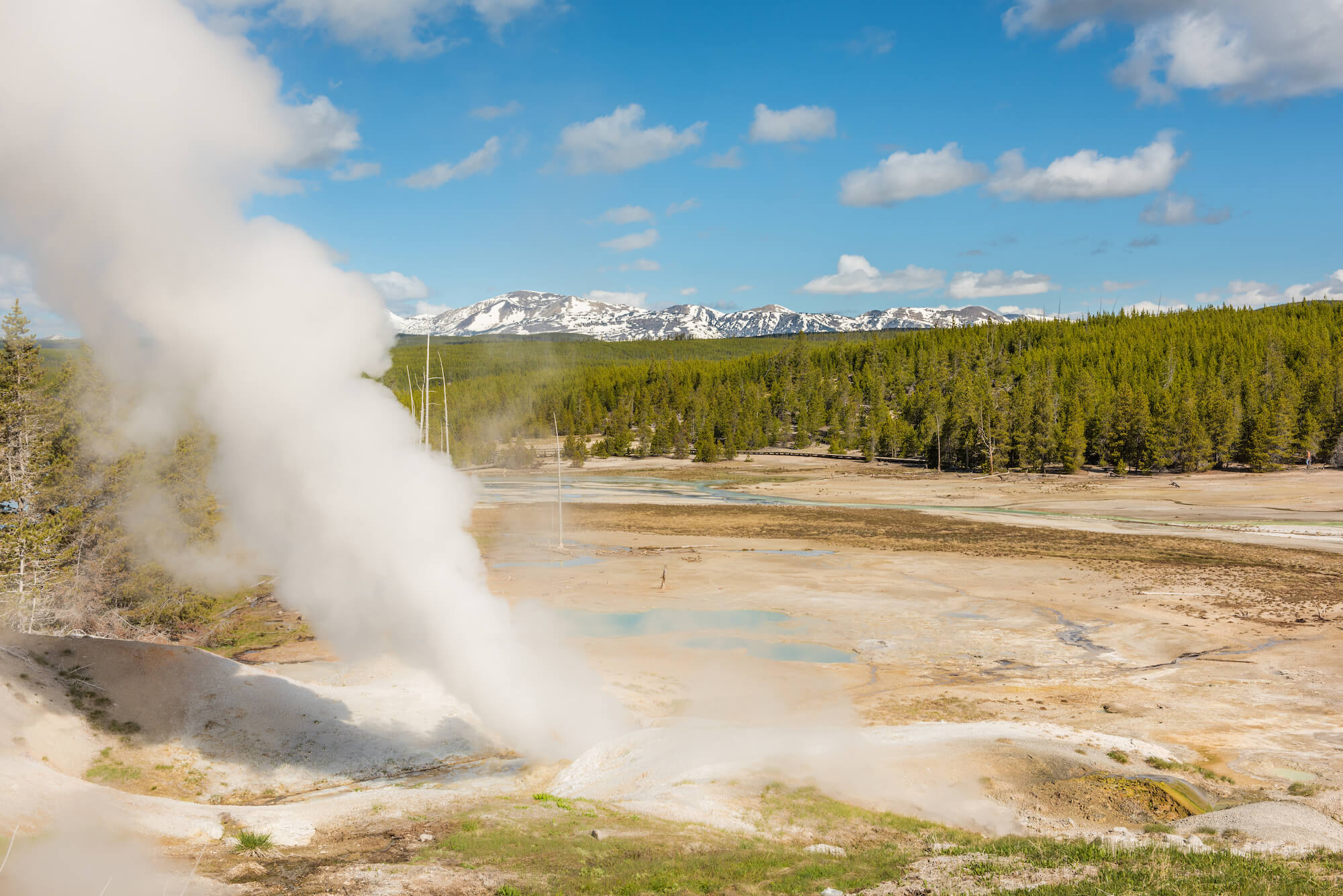
EOS published a recent article by Denison geosciences professor Erik Klemetti about magma Intrusion under Yellowstone.
Steamboat Geyser in Yellowstone National Park is an enigma. It is the tallest currently active geyser in the world, sometimes blasting superheated water over 90 meters (300 feet) into the air. Yet unlike the more famous Old Faithful, Steamboat Geyser runs on its own rhythm. Sometimes the geyser is quiet for decades and then suddenly bursts back to life. It is a mystery exactly why Steamboat has such behavior. After a new period of activity started in 2018, we might have more clues about what drives these steam-and-water explosions.
Yellowstone caldera is a geologic wonderland. It is the source of three of the largest explosive eruptions in the past 3 million years. The caldera itself covers over 1,500 square kilometers (580 square miles) in the northwest corner of Wyoming. As Charles Wicks from the U.S. Geological Survey (USGS) puts it, “Yellowstone’s roots seem to extend all the way to the core-mantle boundary. In that dimension, it’s a magmatic system of continental scale.”
The Yellowstone caldera is packed with geothermal features like geysers, hot springs, mud pots, and geothermal pools. This hydrothermal activity is driven by the vast reservoirs of heat beneath the Yellowstone area, most of which comes from the magma found many kilometers underneath the caldera. All this heat and water mean the land surface at Yellowstone rises and falls frequently, meaning Yellowstone is best described as a “restless caldera.”




